Introducing Sofie de Meyer
Sofie de Meyer is a microbiologist who transitioned her academic career to entrepreneurship as the founder of a company that supports farmers with reducing their reliance on chemical products.
Mostly her company MALDIID tests the efficacy and compatibility of biological products (agricultural technologies which harness the power of nature to protect and improve crops) with other inputs.
It’s a fast-growing market and knowing which products are worth investing in can be a minefield. What should I look for? How do I know it’s working? Our Sustainable Agriculture Facilitator Karen Whitehead fired some questions at Sofie so she could share her expert insights on navigating biologicals with our audience.
What is the difference between a biofertiliser, biostimulant and biocontrol?
A biofertiliser is doing a fertiliser’s job, providing nutrition to the plant, whereas a biostimulant is working with the plant’s hormone system, helping it tolerate stresses.
Biostimulants do not provide nutrients to the plant directly, they help the plant access nutrients to support its immune system to combat pests.
Microbial biocontrol products are fungi or bacteria that are used to control another microbial pathogen. They act as a bioherbicide or bioinsecticide.
What are the trends in products available in the marketplace and how effective are they?
There are a lot of products being tested at the moment with the majority of these products being developed internationally, particularly from Latin America.
The Australian market is playing catch up with the rest of the world on these kinds of products. There’s no question that they will be part of our future. It will be a question of which products in which conditions are going to work.
I know that we will find solutions to the difficult conditions in WA soils (sandy, acidic, low rainfall regions) and that we have the opportunity to look into our own soil and plant microbiomes to find organisms that can potentially become these products.
I encourage local institutions and companies to look locally as well as internationally. There is a lot of money being spent on research and development for WA soils. I have personally seen very good responses with some products.
What should farmers look for when deciding what biological product to buy?
I would say ask for the data behind it, ask for evidence that it is working, even go and see some trials.
Open up your farm to trial strips for these manufacturers, participate in the development of these products so they are suitable to local field conditions (MALDIID can facilitate this).
Really work with the company to make sure you handle the product properly. These products are living organisms, so they need to be handled with care.
Make sure that you understand and follow the guidelines provided by the manufacturers.
I did a test on chlorine compatibility using municipal water which turned out to be killing this particular bacterium in the product, so the company has a guideline on what you should and should not do.
Make sure you read the information and apply accordingly, otherwise you might kill it before it gets into the field.
Handle it with care, store it with care. Also, be prepared to trial it for several years.
Biological products depend on many factors to be effective, so for example, if you have a year where you have hardly any rainfall then you can’t expect the biological to do its job either.
Do you recommend that farmers trial these products and if so, how should a farmer set up a trial to see whether or not it’s working?
Make sure that where you a trialling the product has a consistent soil type and that you have a control strip.
You don’t need to make it more complicated than it needs to be, but leave an area of the same field untreated, otherwise there is no way to know whether it has worked or not.
Then know your aim for what success looks like in your eyes. Is it to increase yield, decrease inputs, increase quality?
What do you need to see to convince yourself to use the product in the future? When harvesting, collect the data.
It is also important to make sure the product is compatible with how you are using it. For example, all seeds are coated with an insecticide these days so making sure when coating the seed with a biological product that the biology is compatible with the insecticide.
Can farmers put biological products in a tank with soluble fertilisers and what order should that be done in?
It depends on the product. I have tested one biological product with fertiliser, and it completely killed it.
I then tested another biological product with the same fertiliser mix and it was absolutely fine, so it’s very variable.
There are going to be products that can be mixed but each product needs to be tested. We want to help the farmer minimise passes over the field to save significantly on labour and fuel costs so we work with manufacturers to find combinations of chemistry that will work with biology.
When you are mixing, it is advised to prepare your fertiliser mix in the tank first then add your biological product into it. Although in the testing that I have done, in the case where the fertiliser killed the bacteria it didn’t matter what order I did it in, the outcome didn’t change.
What are some upcoming products and services being tested at the moment?
A common question we get asked by farmers is “I’ve applied the biological product before, how do I know it is still there?” which is a part of some of the upcoming services we are developing.
There are assays being designed specifically for certain products so farmers can use a product, like a foliar biological, then send in samples to our lab to confirm through qPCR that the biology is established.
This technology is strain specific so it’s not available for every biological product that is on the market, only for those manufacturers willing to invest the money in developing the assay. It performs the same process as a rhizobia but instead of requiring root nodules, it does it in the leaf tissue.
It converts N2 into NH4 like in rhizobia but because it is a leaf bacterium it’s available to a wider variety of plants, not limited to the specific symbiosis with legumes. Currently it’s being tested on wine grapes, cucumbers, maize, sorghum, canola, wheat and other crops.
How did the researchers find that microbe’s capability? Is N-fixation through leaf tissue a common thing that plants do that we just didn’t know about until recently?
Yes, there are lots of bacteria out there that we could use for biotechnology that we either haven’t put 2-and-2 together or we haven’t found them yet.
This was an accidental find that came out of a university study looking at endophytic microbes, so that’s how it started. There’s now a variety of these N-fixing endophytic bacteria on the market, I haven’t tested all of them, but there’s definitely a lot of potential and some change coming.
How important is shelf life in biological products?
We are developing products to extend shelf life at the moment but we need to be realistic in that biologicals don’t last on the shelf for years unless they are in a freeze-dried powdered form.
When you suspend them in water, then they need to be used quickly. This is the same for pre-coated seed for legumes with rhizobia inoculum.
Dehydration is bad for biology. I always recommend the manufacturers aim for at least 90 days shelf life to give the product time to be produced, get to the farm and be used by the farmer in the right weather conditions.
This is so that when a farmer actually uses it, it is still viable (min. 105 cfu).
Anything else you want farmers to know about biologicals?
They can reach out to us if they want support incorporating biological products into their system, that’s what we are here for.
If farmers are interested in doing field trials, they can reach out to us and we will connect them with a manufacturer who is wanting to test their product’s effectiveness.
We would like to help these manufacturers bring the best products to the market.
Diagnosing legume constraints
Learn more by visiting our Sustainable Agriculture Library.



